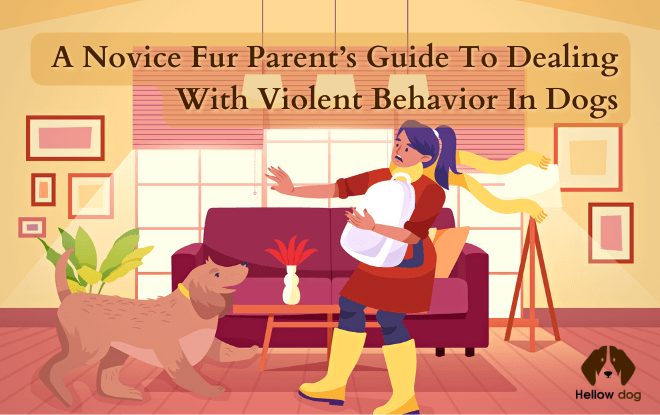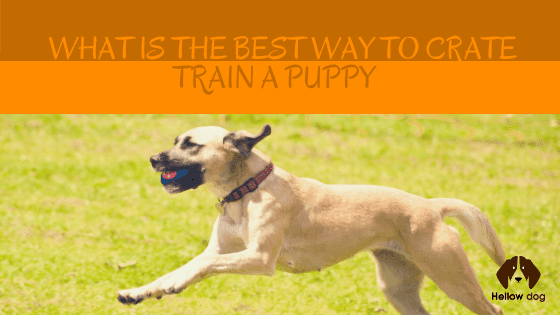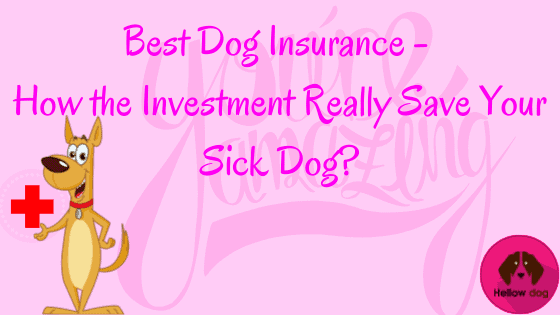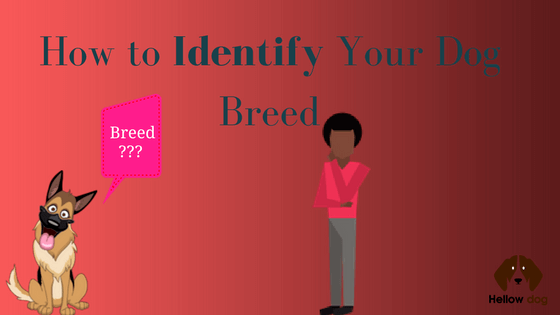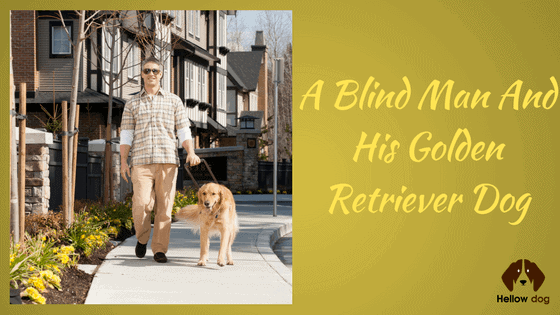No fur parent starts as an expert, and it may take more than a few close encounters with nips and scratches before you can grasp your puppy’s personality. In the ideal world, dogs are a man’s best friend who has no aggressive bone in his body. This is a myth, as dogs come from a long line of canines who hunted, foraged, and defended themselves in the wild.
If you’re a novice fur parent who is nervous over the violent behavior of your dog, don’t lose hope. Even if you aren’t a dog whisperer, positive intervention can keep this negative trait under control.

What Causes Aggressive Behavior in Dogs
In humans, violence results from aggression because there’s intent to harm. If your usually playful dog starts biting or attacking, look into the possible bad behavior triggers.
Sometimes, in the case of working dogs, there’s a thin line between aggressive and protective. There are also levels of aggression against other dogs and animals, children, strangers, and household members.
Your dog’s life stage when you get him makes a difference. A dog is a pack member, which enables bad behavior to be corrected by the alpha or other members of the pack. Look into how the dog was raised to get a good insight into possible triggers unknown to you:
- Lack Of Socialization
Dogs not exposed to different people, animals, and environments during their critical socialization period, 3–12 weeks old, may develop fear-based aggressive behavior.
- Genetics
Some breeds are more prone to aggressive behavior due to their breeding history and genetics. This is not to say that all Rottweilers or Pitbulls are aggressive. Some dogs of this breed can be gentle with children. But definitely, approach initial interactions with caution.
Small dogs may look cute, but even toy breeds can get nippy. With herding dogs, nipping isn’t automatically classified as aggressive or violent action work. It’s all part of the job of keeping the herd in rein. However, this kind of behavior can crossover to little children, whom the dogs nip to keep them ‘in line.’
- Past Experiences
Trauma, abuse, or neglect can lead to aggressive behavior in dogs.
- Fear Or Anxiety
Well-balanced dogs may become aggressive when they feel threatened or scared. For example, sudden noises may be startling for dogs who aren’t accustomed to hearing this, so they bark or whine.
- Illness Or Pain
Dogs in pain or discomfort may become aggressive to protect themselves.
- Lack Of Training And Discipline
Dogs who are not trained or disciplined may assert dominance and become aggressive.
- Hormonal Imbalances
Research has suggested that there may be a link between certain hormone levels and aggressive behavior in dogs. Vasopressin and testosterone have been found to be associated with aggressive behavior in some studies. Oxytocin, on the other hand, is often referred to as the ‘bonding hormone’ and has been found to be associated with social behavior and attachment.
However, it’s important to note that this is an active area of research, and more studies are needed to fully understand the relationship between hormone levels and aggressive behavior in dogs.
- Lack Of Exercise And Mental Stimulation
Dogs who lack physical and mental stimulation may become bored, destructive, and aggressive.
It’s important to understand that violence can have many different causes. Seek professional evaluation to determine the underlying cause and develop an appropriate treatment plan. A company like All Breeds has trainers who can help you control undesirable canine traits, including violence.

Signs Your Puppy Will Show Violent Behavior In The Future
It can be challenging to predict if a puppy will develop aggressive behavior in the future. However, some early warning signs may indicate a higher risk.
- For instance, puppies that are easily frightened or show signs like cowering or hiding may be at a higher risk of developing aggressive behavior. Puppies who are overly confident or show dominance may also grow up aggressive as they mature.
- Puppies that become overly protective of their food, toys, or space may be at a higher risk of developing aggressive behavior.
- Puppies who lack ‘bite inhibition’ need to be observed closely. These puppies are unaware of their own strength and unable to control the force of their bite. Experimental biting should be nipped in the bud.
- Puppies that do not respond well to basic training commands or are difficult to control may be at a higher risk of becoming aggressive.
It’s important to note that these signs may not indicate that a puppy will develop aggressive behavior in the future. However, they may mean higher risk and should be taken seriously. Early intervention and professional guidance can help prevent or reduce the risk of developing this negative trait.

When Should You Seek Professional Treatment For A Violent Dog?
It’s crucial to seek professional help for a violent dog if their behavior threatens the safety of people or other animals or if their behavior is causing significant disruption to your daily life.
Professional services make it possible to eliminate unwanted behavior with proven, scientific methods. Owners may even be pleasantly surprised that their once unruly dog can be a ‘best friend,’ indeed.
The following are some examples of when it would be appropriate to seek professional help for a violent dog:
- The dog has bitten or attacked another animal.
- The dog growls, snaps, or bites whenever its food bowl or toys are approached.
- The dog becomes aggressive when someone tries to touch or handle it, particularly on certain parts of its body.
- The dog is excessively territorial and becomes aggressive when someone or another animal comes near its property.
- The dog’s aggressive behavior is causing significant stress or disruption to your daily life, and you cannot manage it alone.
It’s also essential to seek professional help if you’re unsure how to handle your dog’s aggressive behavior or are concerned that it may worsen over time. A professional can help you understand the underlying causes of the violence and provide guidance on how to address it effectively.
It’s highly recommended to seek professional help from a veterinary behaviorist, a certified dog behavior consultant, or a professional dog trainer with solid experience and education in dealing with aggressive dogs.
While social media has given us avenues to seek the knowledge we need to keep our dogs in check, make sure you follow any advice with caution. Entrusting your dog’s training and your safety to the hands of professionals is more prudent than playing a guessing game.

How Is Violent Behavior In Dogs Managed?
Managing violent behavior in dogs can be a complex process that typically involves a combination of strategies, such as consultation with a professional. A veterinarian or a professional dog behaviorist can educate you on the underlying causes of the violence and provide guidance on how to address it.
Behavior modification involves changing the dog’s behavior through positive reinforcement, operant conditioning, and desensitization techniques. Reward your dog for positive behavior, such as not biting small animals, with treats, praise, and affection. This will reinforce good behavior and make your dog more likely to repeat it.
Conduct basic obedience training as soon as possible. Teaching the dog basic obedience commands such as ‘sit,’ ‘stay,’ ‘leave,’ and ‘come’ can help establish a clear hierarchy within the household and reduce aggressive behavior. It also teaches self-control.
Socializing your dog with other dogs and people can help it become more comfortable in different situations and reduce aggressive behavior. Keep your dog under close supervision when it’s around other animals to intervene if necessary. Please keep your dog on a tight leash when you are outside to prevent it from approaching other animals unexpectedly.
As mentioned, dogs are packed animals, and you and your family are the alpha. Implement strategies to prevent the dog from engaging in aggressive behavior. This can be done using a crate or a training leash.
Sometimes, a veterinarian may prescribe medication to help manage aggressive behavior. Medications help reduce the dog’s overall level of anxiety and increase its responsiveness to behavior modification techniques.
Ongoing support and follow-up are needed to ensure that the aggressive behavior does not reoccur and to make any necessary adjustments to the management and training plan.
Remember: Managing violent behavior in dogs can be a long-term process, and it requires patience, consistency, and commitment. It’s also important to note that dog owners should work with professionals, as handling aggressive dogs can be dangerous for the dog and its handler.
Training is very important, and this needs to be done correctly. It’s not solo training because to succeed, you and the dog must train together.
Conclusion
Dealing with violent behavior in dogs can be challenging, but owners can take several steps to address the issue. A veterinarian or a professional dog trainer can help you understand this behavior better and provide guidance on how to manage it.
Common triggers include fear, insecurity, and territorial behavior. Implement training lovingly but firmly and consistently. It’s important to remember that aggressive behavior is often a symptom of an underlying problem, and addressing that problem will stop this behavior.

